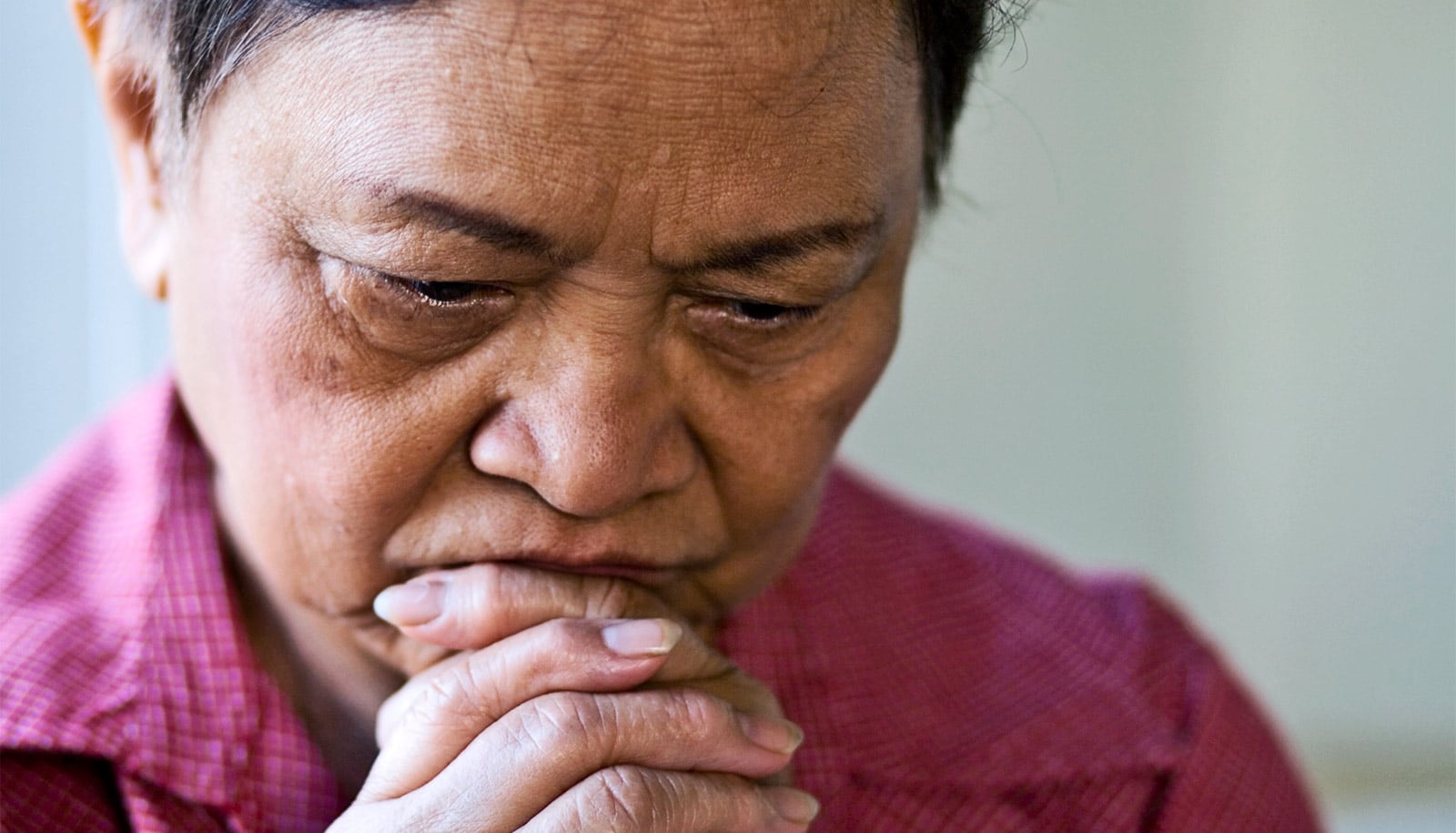Health care providers continuously need to do more with fewer resources to help sick patients. That leads to clinician burnout, experts warn.
This fall, the National Academy of Medicine released a new report on the topic, Taking Action Against Clinician Burnout: A Systems Approach to Professional Well-Being, bringing forth evidence-based recommendations for addressing the problem in the future.
Here, Cynda Hylton Rushton, professor of clinical ethics at the Johns Hopkins University’s Berman Institute of Bioethics and the School of Nursing, discusses the findings and what they mean for health care providers going forward:
Why was a committee needed to explore burnout among health professionals, which the committee defined as physicians, nurses, pharmacists, dentists, nurse practitioners, and physician assistants?
Burnout, a state of emotional exhaustion, cynicism, and decreased personal accomplishment, remains a significant problem for clinicians across the country.
On a daily basis, clinicians are struggling to balance the needs of an increased number of sick or injured patients and populations dealing with comorbidities and severe illnesses, the intersection of patient care and technology, documentation requirements and mounting pressure to do more with less.
When these factors collide, there becomes a gap between the way clinicians want to practice and the way they actually are. These threats to integrity can result in moral distress and lead to burnout.
Overall, clinicians are drained physically, mentally, and emotionally and their well-being degraded. The committee was charged with examining the scientific evidence regarding the causes and consequences of burnout and identifying evidence-based systemic solutions.
How much is burnout really affecting clinicians?
Among nurses, 35-45% experience some form of burnout, with comparable rates among other providers and higher rates among physicians. It’s important to note that burnout has been viewed as an occupational hazard rather than a mental health diagnosis.
It is not a few days or even weeks of depletion or exhaustion. It is the cumulative, long-term distress and suffering that is slowly eroding the workforce and leading to significant job dissatisfaction and many leaving their professions. In some instances, serious health concerns and suicide can result.
What about the impact on patients?
Patient care can suffer when clinicians withdraw or are not fully engaged in their work. Moral distress, long hours, negative work environments, or organizational inefficiencies can all impact a clinician’s ability to provide what they feel is quality, safe patient care. Likewise, patients are impacted when health care organizations are unable to attract and retain competent and compassionate clinicians.
What does this mean for nurses?
As the largest sector of the health care professions, nurses have the most patient interaction and are at the center of the health care team.
Nurses are integral to helping patients to holistically respond to their health conditions, illness, or injury. If nurses are suffering from burnout and moral distress, the whole care team and the patient will experience serious consequences when nurses’ capacities to adapt to the organizational and external pressures are eventually exceeded.
What is one of the most important takeaways from the NAM report on burnout?
Burnout is a complex and pervasive problem that impacts all members of the health care team, health care organizations, and the public. Bold and comprehensive reforms are needed to stem the tide of burnout. No longer is it justified for individual clinicians to be responsible for remediating the serious systemic contributors to burnout that undermine clinical practice.
The consensus report calls for a systems approach to clinician wellbeing that engages point-of-care clinicians, key stakeholders, professional societies and organizations, regulatory bodies, insurers, and policy makers to design comprehensive solutions. Reforms that impact the structure, organization, and culture of health care are urgently needed.
What can be done to address this widespread problem?
To effect sustainable change, strategic actions and organizational changes that address the underlying contributors to burnout must be developed, implemented, and evaluated. That includes health system leadership, dismantling systemic barriers to providing safe and quality care, and supporting the resiliency and integrity of frontline clinicians and learners in the health professions.
Increased investment in a comprehensive research agenda is vital to understanding the effectiveness and impact of systemic solutions. We need to look at the health care team in its entirety and understand that strengthening each part will improve job performance and patient care and satisfaction and contribute to healthier work environments.
How has your research been innovative in this area?
At Johns Hopkins, I have led the development and implementation of the Mindful Ethical Practice and Resilience Academy, or MEPRA. The academy includes a foundational curriculum, community of practice, retreats, and unit-based Champion initiative. The goal is to build moral resilience among frontline nurses who face ethical challenges from issues related to resource allocation, ineffective communication, patient suffering, and care coordination within the organization. The goal is also to foster systemic solutions.
The results have been substantial so far. The academy is truly resonating with frontline nurses and giving them renewed confidence in what they do and why they do it. We’re witnessing a ripple effect, seeing how newly enabled nurses are speaking up and helping others on the health care team with some of the tools and skills they learned through the program. The academy goes beyond individual skills to engage frontline nurses in designing solutions to cultivate a culture of ethical practice in health care.
Source: Danielle Kress for Johns Hopkins University



